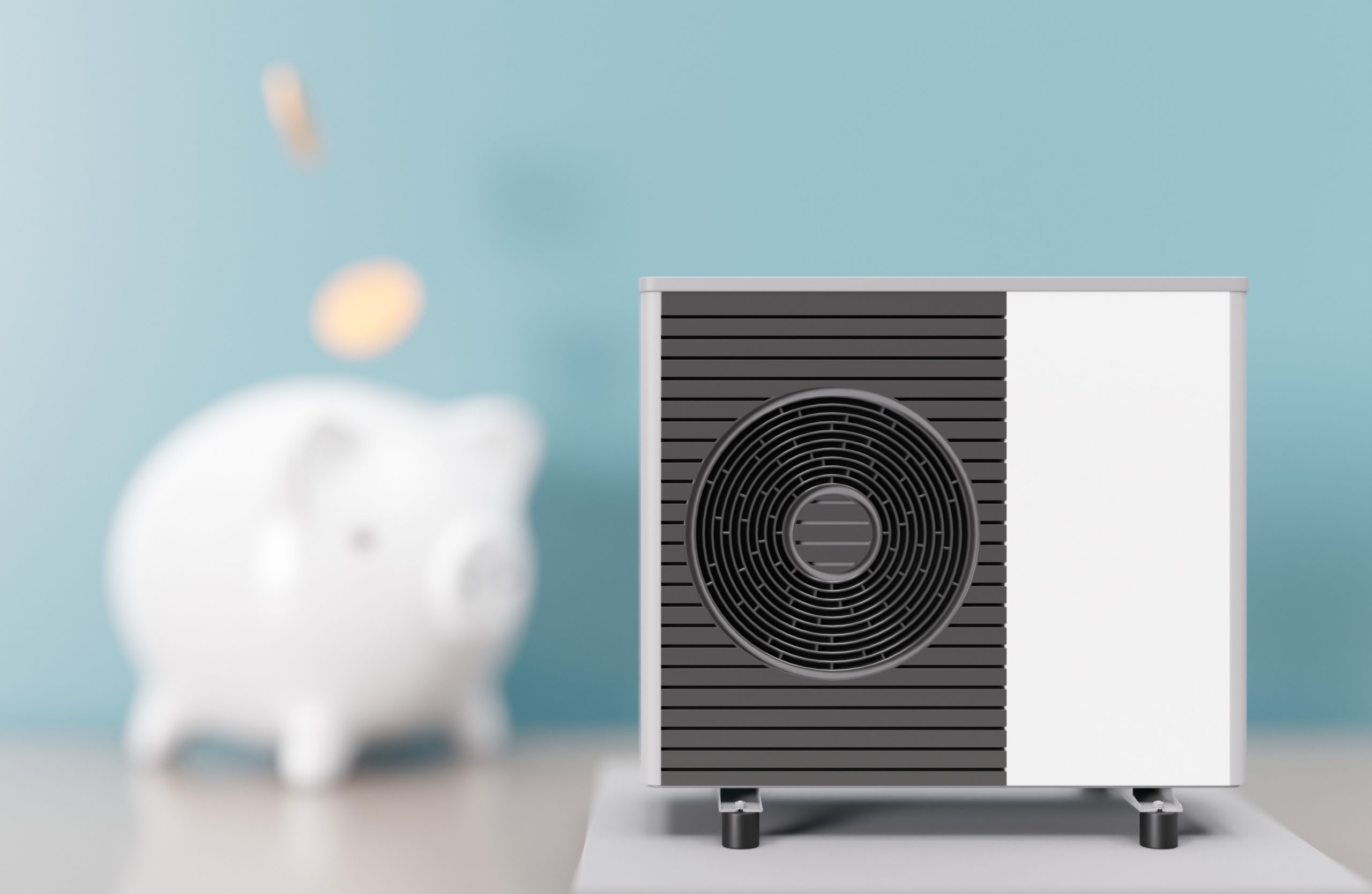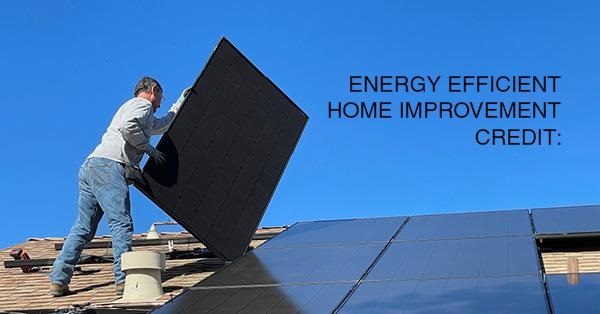Discover how the IRS is providing tax credits for energy-efficient home improvements that can reduce your tax bill, including heat pumps, offering homeowners the opportunity to save money while reducing their carbon footprint.

The Internal Revenue Service (IRS) is now offering tips that can reduce your tax bill and a significant credit for those who have installed heat pumps in their homes, providing an enticing opportunity for cost-saving energy efficiency. (Photo: DOE)
Learn How Installing Heat Pumps Can Reduce Your Tax Bill While Saving on Heating Costs
As Americans gear up for tax season, many are unaware of the potential tax credits they could qualify for. The Internal Revenue Service (IRS) is now offering tips that can reduce your tax bill and a significant credit for those who have installed heat pumps in their homes, providing an enticing opportunity for cost-saving energy efficiency.
A heat pump is designed to substitute a furnace that burns fuel. It utilizes electricity to transfer heat into the home, as outlined by the Department of Energy. Additionally, it can serve as a replacement for air conditioners and is regarded as an efficient option for conventional climate regulation.
The Energy Efficient Home Improvement Credit, derived from the Biden administration’s Inflation Reduction Act, offers a credit worth 30% of the installation cost, up to $2,000 for the year of installation. This credit applies not only to heat pumps but also to a variety of energy-saving appliances, including exterior doors, windows, skylights, insulation materials, central air conditioners, water heaters, furnaces, boilers, biomass stoves, and home energy audits.
READ ALSO: Which States Are Offering Child Tax Credits In 2024? Find Out Here
Additionally, the Inflation Reduction Act represents a substantial investment in green energy by the U.S. government, introducing a major tax rebate for those purchasing electric cars. This initiative aims to reduce costs for consumers and promote sustainability, while also contributing to the fight against inflation. Moreover, strict buy-American policies built into the Act have implications for car qualification this year.
Moving forward, homeowners are encouraged to explore the potential savings available through energy-efficient home improvements and tax credits. By leveraging these opportunities, individuals can both reduce their tax burden and contribute to a more sustainable future by embracing eco-friendly practices.
READ ALSO: Tax Season Deadline: Tips And Important Deadlines For 2024
























